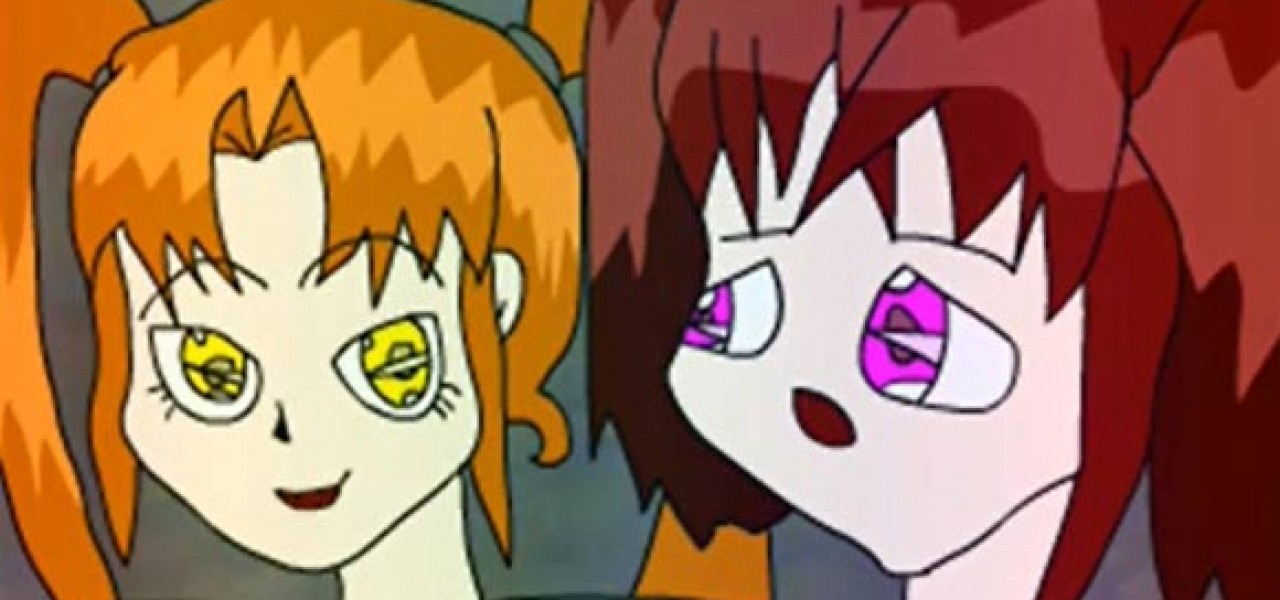
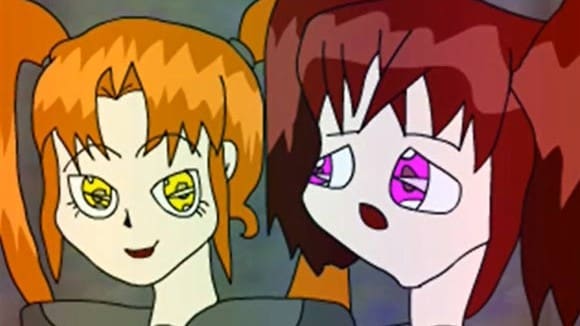
Everything You Need to Know about Fanime

As you read this sentence, untold numbers of people around the world are uploading home-made videos to the Internet. Most will soon be forgotten, but some will stick around.
Every so often, the amateur Internet videos that stick around will cluster together and form a genre. The Internet has nurtured a good number of film genres. Some, such as the comedy review videos made by the likes of the Nostalgia Critic, have wide appeal and are accessible to large audiences. Others will definitely require the viewer have a certain frame of mind to be fully appreciated—the YouTube Poop being a classic example.
This post will cover a genre of animation which developed on the pale underbelly of the Net and definitely belongs in the second category. It is known to its viewers as fanime.
Although the term suggests any anime-style animation made by fans, “fanime” has come to refer to a very specific aesthetic. The word is closely associated with shorts made by complete newcomers to animation, often children; these enterprising youngsters, with no access to professional software such as Flash or Toon Boom, make do with a combination of MS Paint and Windows Movie Maker to tell stories inspired by the anime that they watch on television.
Animation made by children is nothing new – countless animators have started out by producing crude cutout or stop-motion films on kitchen tables—but YouTube added a new element. Fanime picked up an actual following, albeit one which arrived only to point and laugh at the crude animation.
Of course, this is another example of the more rotten side of the Internet; few people can defend the public ridicule of a 12-year-old kid’s drawings, after all. This case is unusual, however, as the amateur aesthetic of fanime was ultimately legitimized. People began parodying fanime by making deliberately bad cartoons with the same style – so many, in fact, that fanime became recognized as a full-fledged genre by TV Tropes, that esteemed chronicler of Internet crazes.
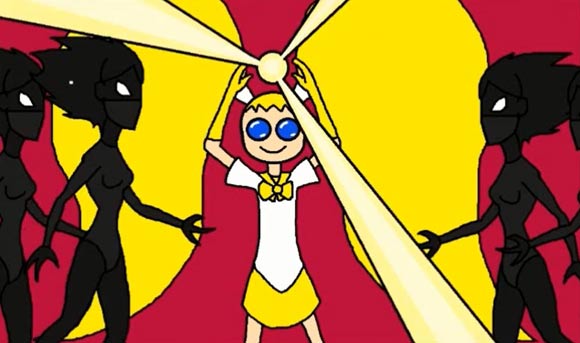
Although a few of these fanime parodies have something resembling conventional comedy writing—Kawaii Schoolgirl has an absurdist sense of humor similar to Adventure Time—most of them simply re-enact stock scenes and imagery from commercial anime, the main twist being that they do it very, very badly. In the process, the much-refined cuteness of anime is transformed into outright grotesquerie.
Amongst the people responsible for this wave of ironic fanime is Anthony W.H., the man behind Quest of Laizen and Tsuki Desu. TV Tropes quotes him as saying that, “The quality itself is not striving to be good or enticing, but is relying on its cheap production values to create a feel of ‘this is so terrible, it’s actually pretty entertaining!'”
As fanime parodists go, Anthony is unusually forthright. There is a strong element of subterfuge to the genre, as the creators of fanime spoofs often intentionally leave their audiences guessing as to whether their cartoons should be treated as jokes or taken at face value. Some will even create false identities to sustain the illusion, as evidenced by the TV Tropes page on a fanime called Prism:
“By the end of the first episode it’s hard to tell whether or not it’s a Stealth Parody of other Fanime, or if it’s really that bad, but considering the first two series by this person, it’s most likely the former… The creator has said his name is Nanako Imatoke, a Japanese female first name with a completely fake last name. He recently uploaded a video of himself revealing he’s black.”
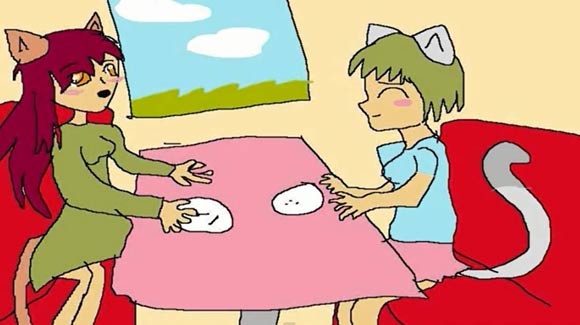
Because of this factor, the parodies have sometimes themselves been parodied. Nyan~ Neko Sugar Girls, which was almost certainly intended as a spoof fanime, became the subject of a YouTube series in which a group of people make sarcastic comments on the animation quality (or lack thereof).
Humor derived from deliberately bad animation can only go so far, and this is why the hoax aspect became such a vital part of the fanime genre. It also places fanime into a continuum of Internet animation that gains its appeal from the element of deception.
Consider the case of the Dead Bart meme. This started out as an anonymous posting by somebody who claimed to have come across a lost episode of The Simpsons, entitled “Dead Bart,” that was deeply disturbing and possibly even cursed; the likely inspiration for this story was the haunted video cassette in Kōji Suzuki’s novel Ring and its subsequent film adaptations.
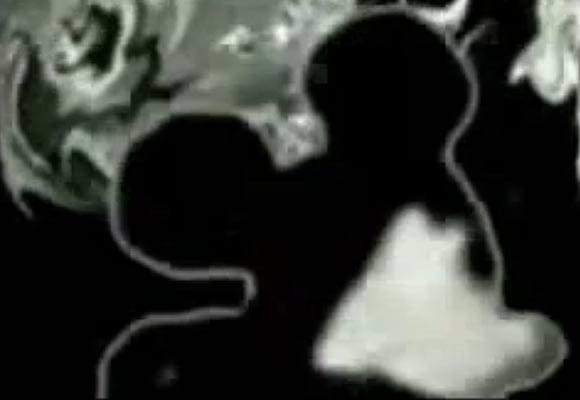
Although the Dead Bart story was clearly fraudulent, it was presented as the truth and went viral across the Internet; a search on YouTube for “Dead Bart” will reveal several efforts at recreating the supposed lost episode using doctored Simpsons footage. This was far from the only attempt to launch an urban legend about a creepy cartoon: Internet hoaxers have also spread rumors about horrific lost episodes of everything from Adventure Time to Naruto, and even entire fictional cartoon series such as Candle Cove and Happy Appy. Closer to home we have the incident in which award-winning independent filmmaker David OReilly made the childlike online series Octocat while pretending to be a 13-year-old named Randy Peters. The Internet is the ideal home for misinformation, and fanime is an example of animators integrating this fact into their work.
Pioneered by children, legitimized by people looking up weird stuff on YouTube, vitalized by online hoaxes, and existing entirely outside any kind of aesthetic considerations, fanime is something that could only have developed on the web. The Internet is a foreign country: they do things differently there.
Image Captions (Top to Bottom)
1. Anthony W.H.’s deliberately awful Tsuki Desu.
2. Kawaii Schoolgirl: Sailor Moon meets Adventure Time… with no budget.
3. Nyan~ Neko Sugar Girls, one of the more infamous fanime parodies.
4. A close cousin to spoof fanime, Suicide Mouse was created for a pseudo-Lovecraftian online hoax about a cursed Mickey Mouse short.

.png)